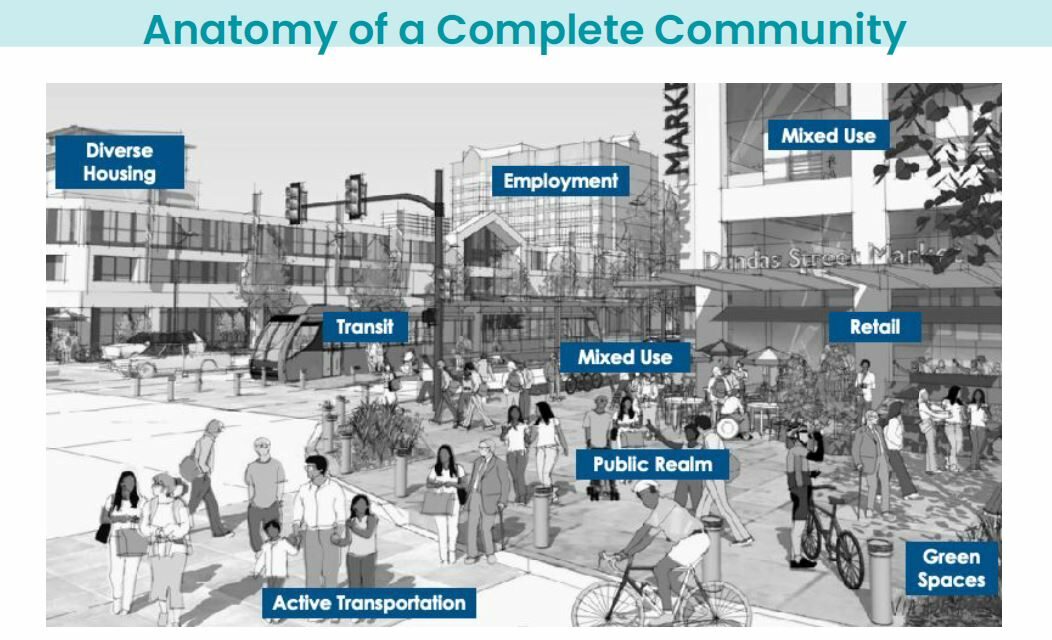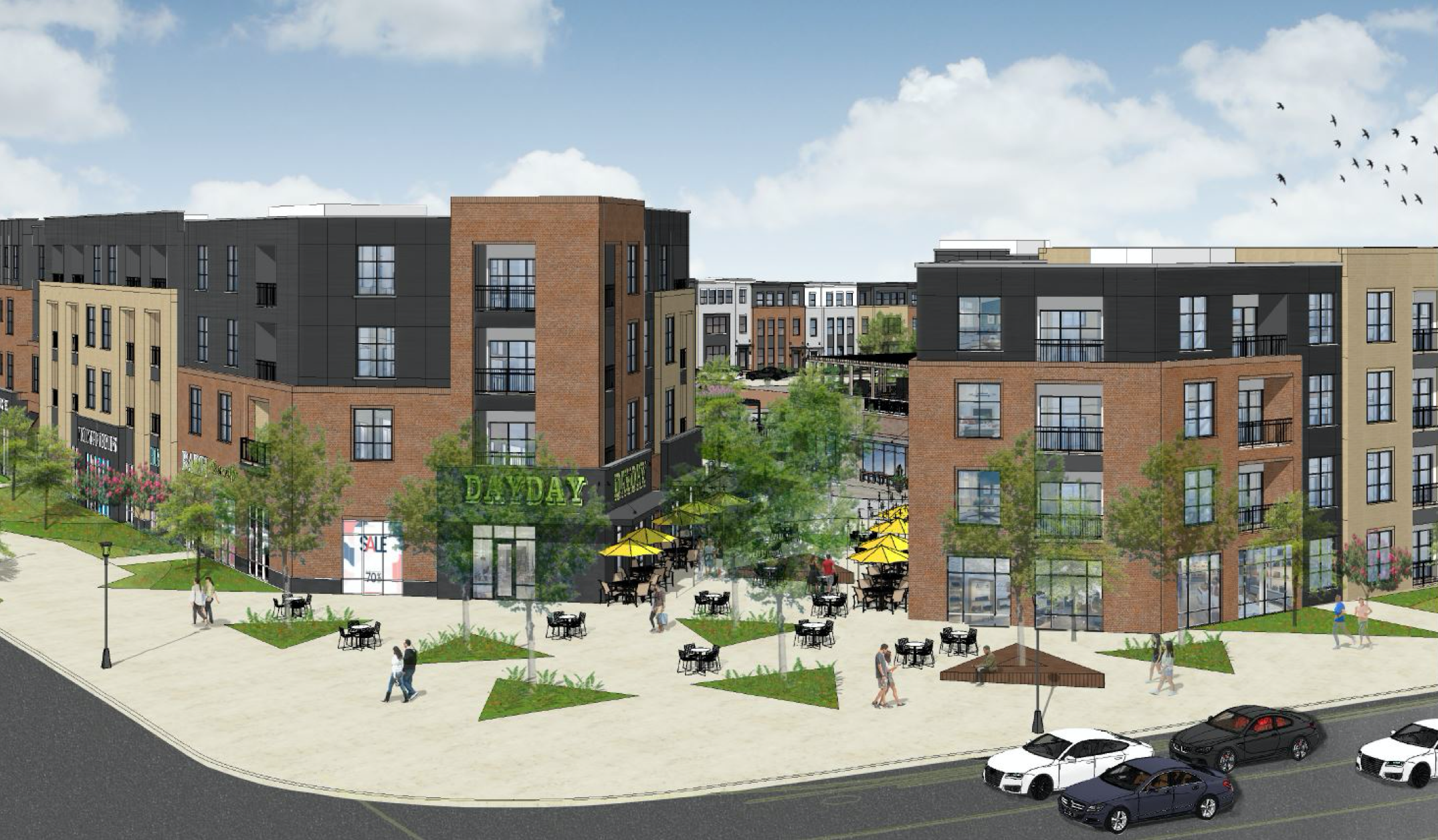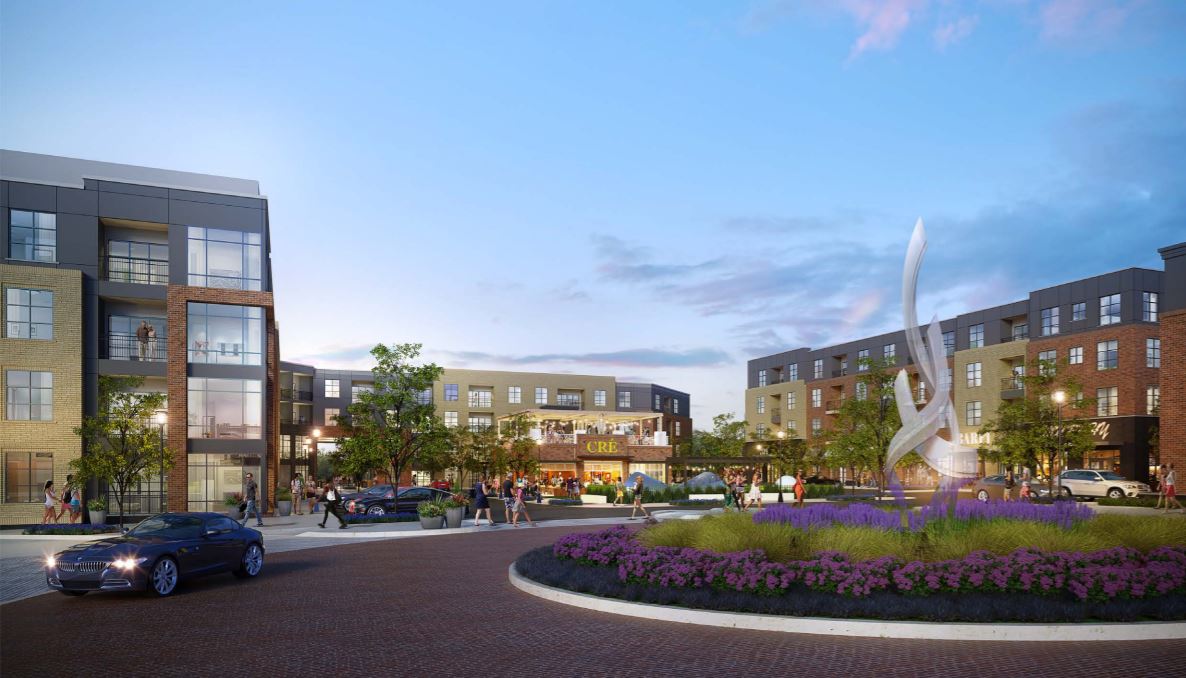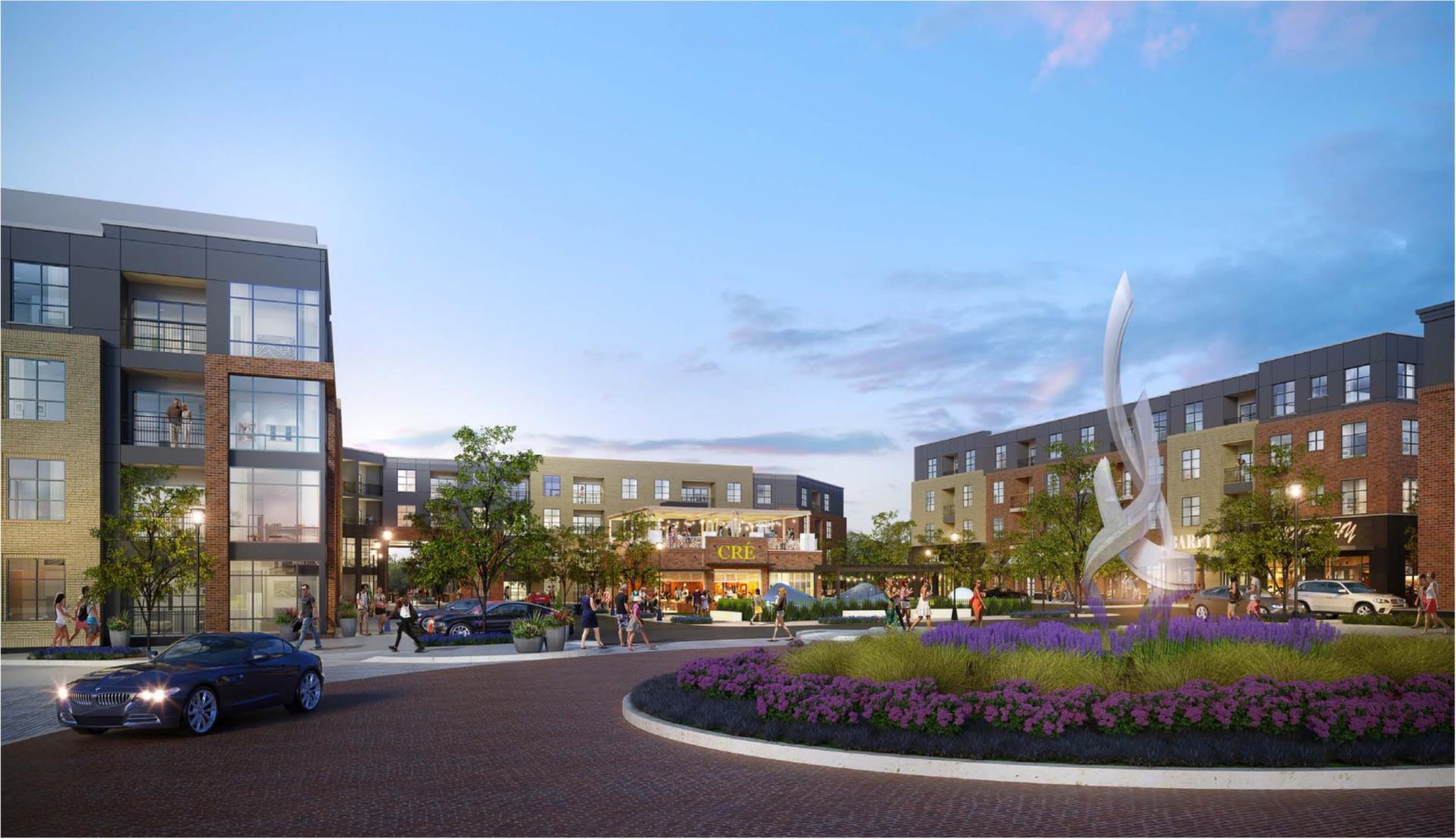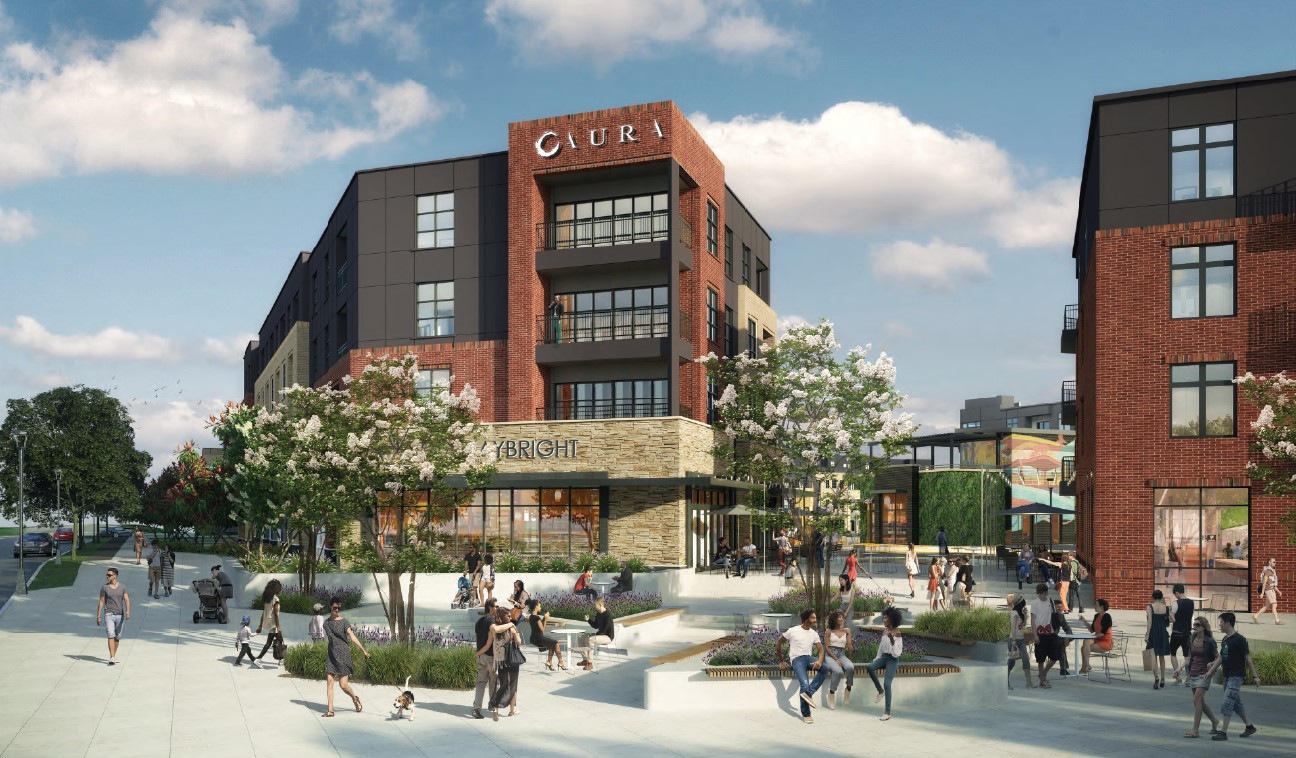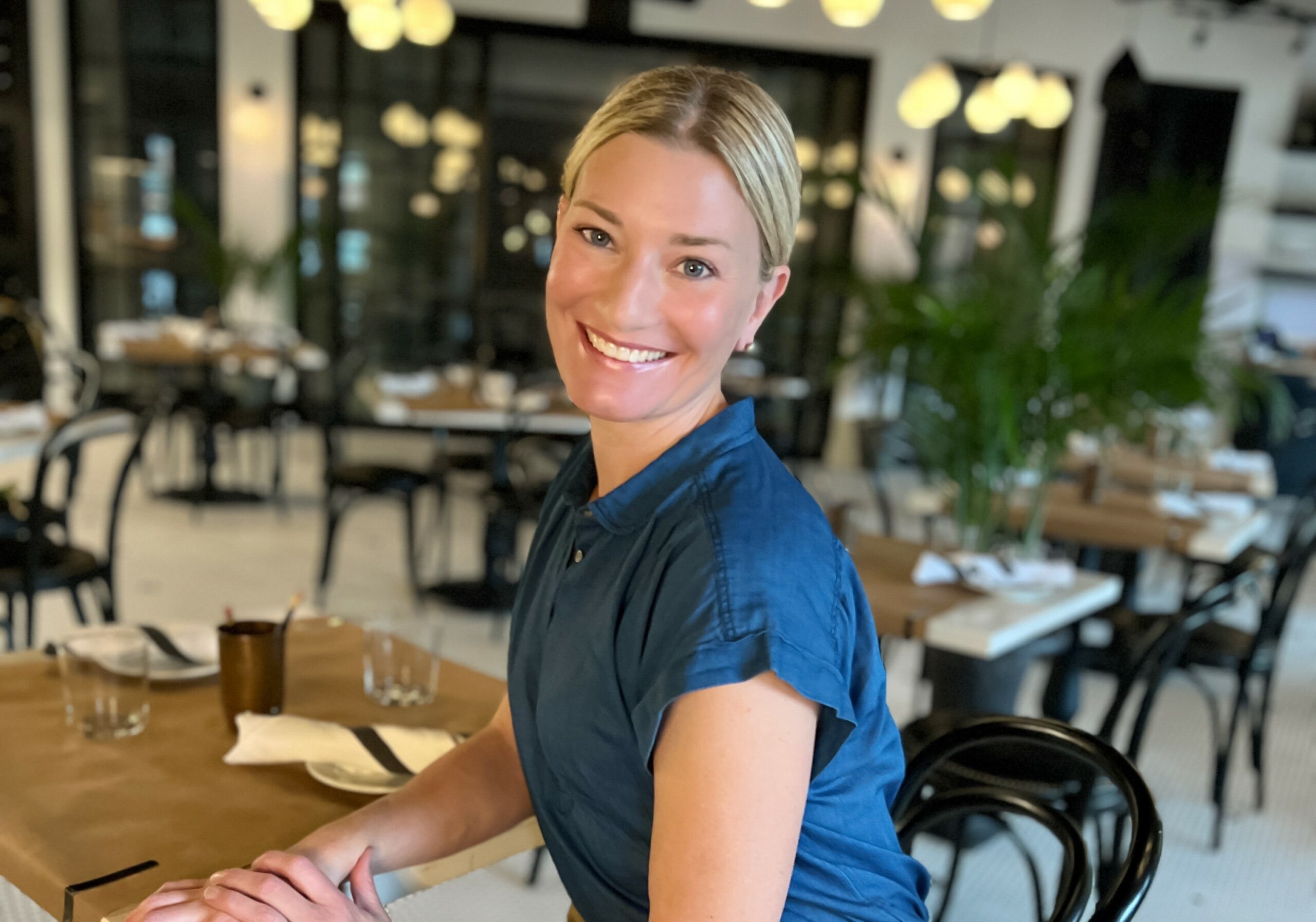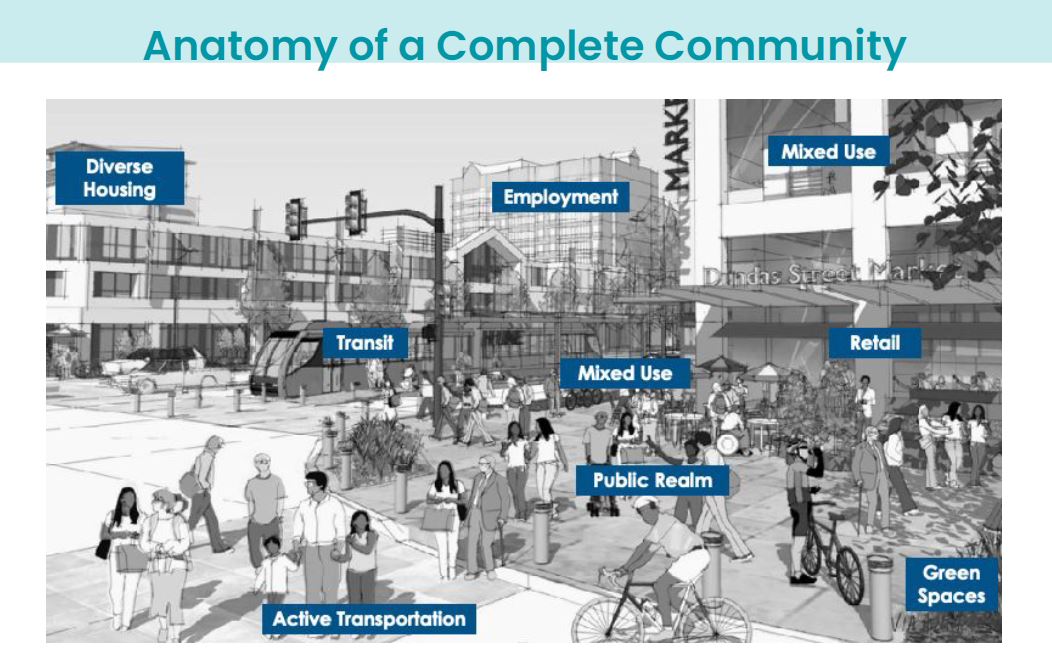Last week, the Chapel Hill Town Council opened the floor for public comment on the Complete Community Strategy. Over the past couple of months, there’s been a lot of public pushback about one part of the plan: housing choice. Specifically, if single-family housing will be rezoned to make room for more affordable, multi-use properties.
The most recent pushback was at an April 10 workshop. Multiple people showed up to express their concerns, and were disappointed to learn that public comment isn’t allowed at workshops. Given this, last Wednesday’s town council meeting was expected to bring in a large crowd. But not only was rezoning not the focus of the meeting, only one member of the public showed up to speak.
Instead, the town council focused on another big ticket item of the strategy: outdoor spaces.
“Creating place is one of the central purposes of our comprehensive plan,” Assistant Planning Director Judy Johnson said at the meeting.
The plan includes creating an interconnected greenway network known as “Everywhere to Everywhere Greenways.” Ideally, this system would allow people to safely walk or bike to places like grocery stores and parks. Urban Planner Jennifer Keesmat, who was hired to help construct the Complete Community Strategy, said it would also allow Chapel Hill to grow without putting additional cars on the road.
“It will be achieved by creating an Everywhere to Everywhere Greenway system where the option of doing at least some trips by a bike, and in particular an electric bike, becomes a viable transportation choice in the context of Chapel Hill,” Keesmat said in December. “Allowing some families, as an example, to have one less car rather than having multiple cars for commuting and for short trips.”
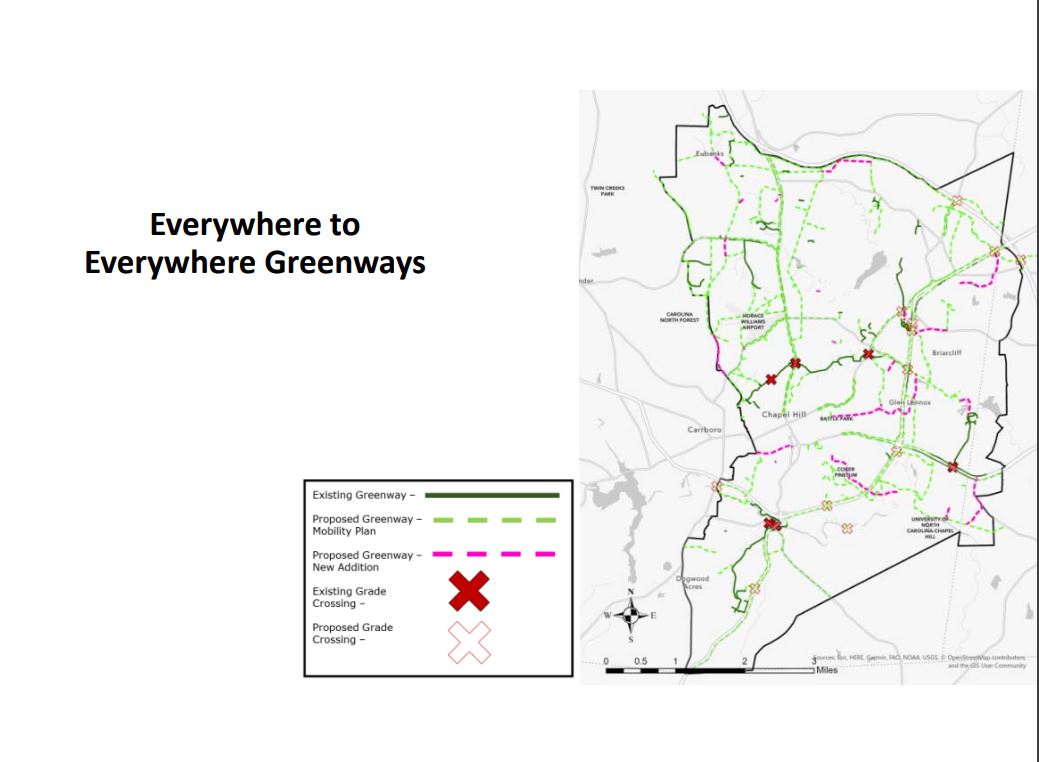
Proposed map of the Everywhere to Everywhere Greenways system. Photo via Town of Chapel Hill.
Back at last Wednesday’s meeting, Councilmember Jessica Anderson said she also wants walkability to schools to be prioritized in the plan. Part of this being due to parents saying the school bus system isn’t reliable.
“There’s not enough school buses or drivers,” Anderson said. “I have people all the time who say ‘I just want to put a helmet on my kid and get them to school without being next to trucks.’”
This point was echoed by Councilmember Camille Berry. She said it is important to not only prioritize this walkability to schools, but to make sure that it is equitably accessible.
“As we look to make it possible for parents to put helmets on their kids and not have to face trucks getting to school, we [need to] think about the South Estes public housing and how they will get to school,” Berry said. “We aspire to be an inclusive, warm, welcoming community. I want to make sure that we actually live up to that aspiration.”
Councilmember Michael Parker said he thinks another focus of the Everywhere to Everywhere Greenways initiative should be transit. He said there needs to be a more holistic view of how the system will connect beyond biking and walking.
“We have a number of pieces, we have a mobility plan, we have a bike and ped[estrian] plan, we have a short range transit plan, we have a greenways plan,” Parker said. “We do not have a transportation plan for Chapel Hill and we really need to weave these things together.”
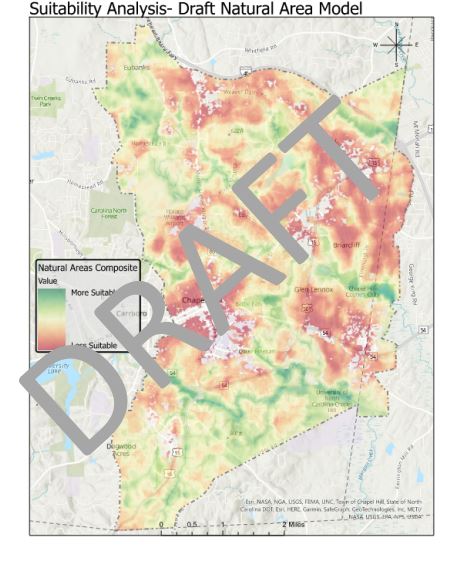
Draft of the Complete Community Natural Areas Map. Photo via Town of Chapel Hill.
Another focus of the meeting was the preservation and expansion of natural green spaces. Johnson said this aligns with the Complete Communities’ goal of green and sustainable growth.
“We have been working very hard on a Natural Areas Map,” Johnson said. “It’s a fairly complex map. It’s based on weighted averages of about 20 different GIS layers and it is a work in progress.”
Councilmember Amy Ryan said as it is being finalized, she recommends they consider how these natural areas might be impacted by the strategy’s housing choice priority.
“As we get denser, our natural areas are going to get more precious. So, we need to be strengthening that as we do the other, it has to be a both and,” Ryan said. “80% of our town land is residential. A lot of our tree canopy is in residential areas now.”
The Natural Areas Map will be reviewed at a later meeting and the next public hearing is scheduled for May 10.
Chapelboro.com does not charge subscription fees, and you can directly support our efforts in local journalism here. Want more of what you see on Chapelboro? Let us bring free local news and community information to you by signing up for our biweekly newsletter.

